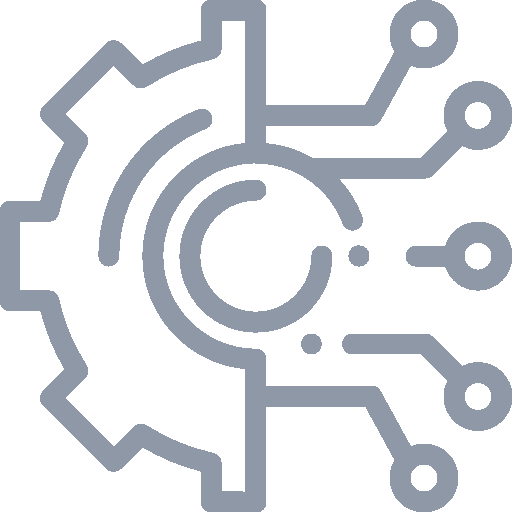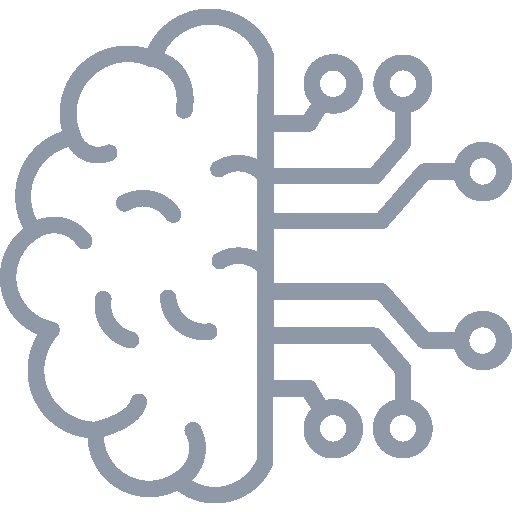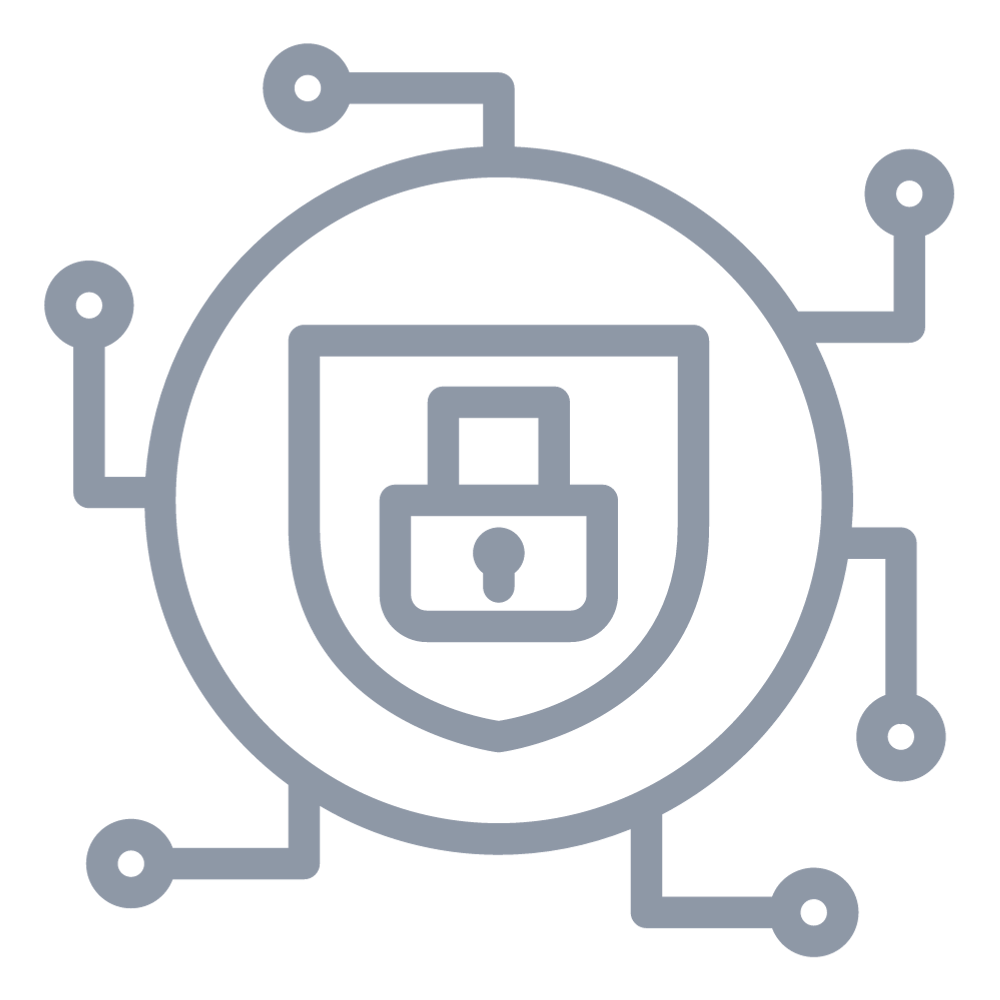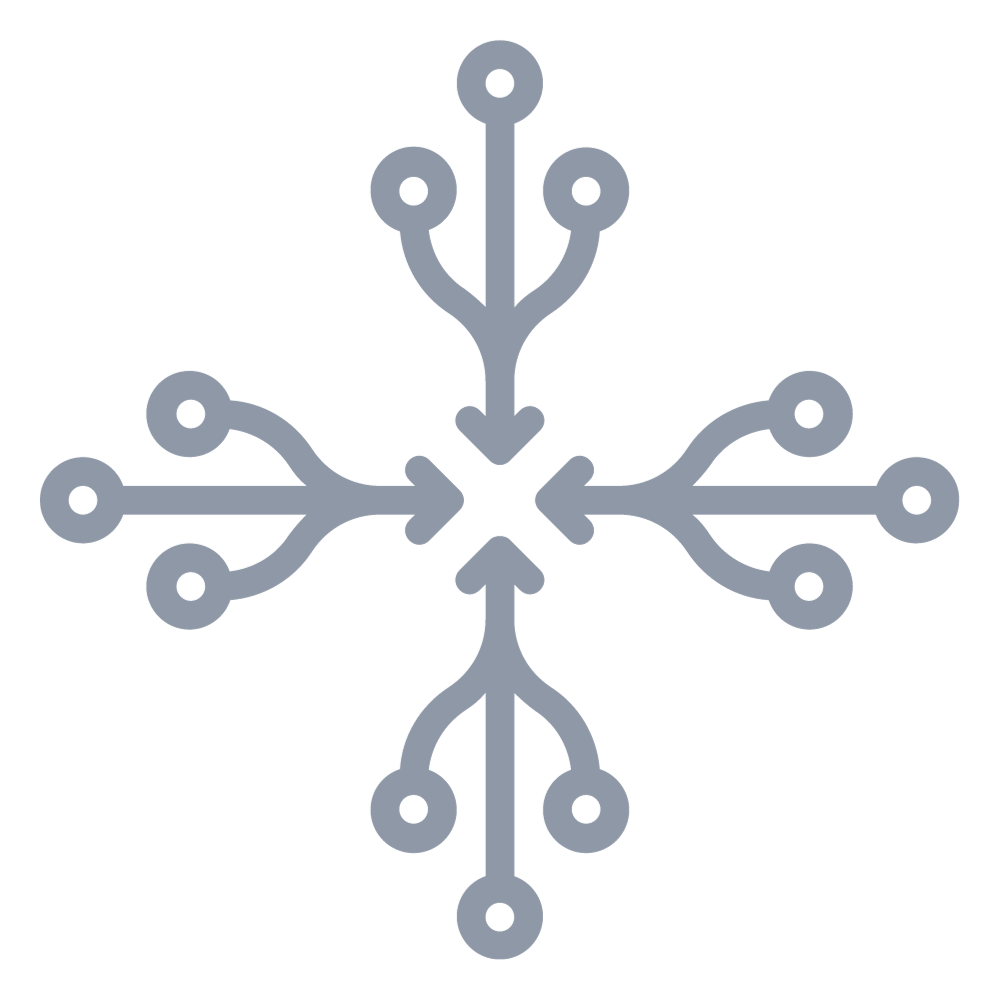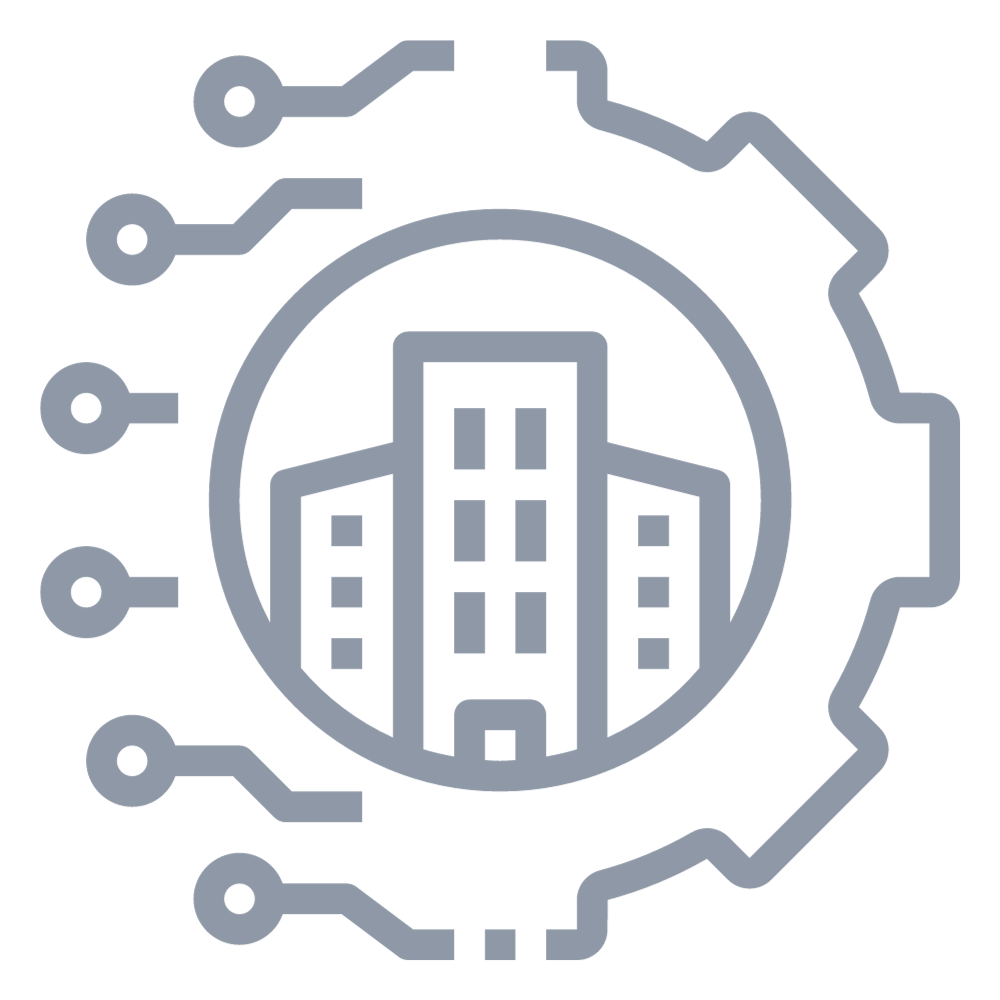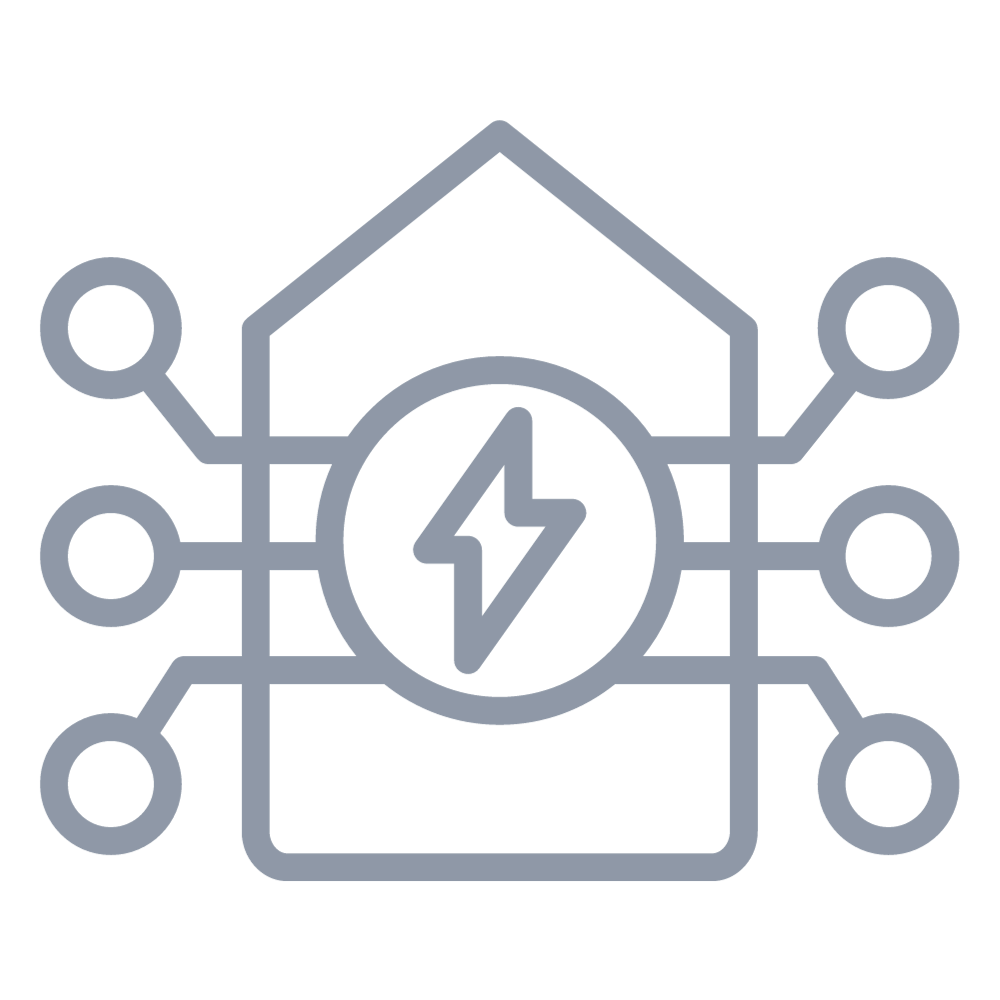You’ve probably encountered a wave of posts about Agentic AI lately. The enthusiasm is warranted – but often, clarity is missing. Or the focus is entirely on the tools/frameworks.
For those from the last century, familiar with “Structured Systems Analysis” or tools like “Data Flow Diagram”, identifying Agents, defining their “functions” may strike an interesting chord!
Example: In today’s world, managing physical security infrastructure is more complex than ever. With networks of cameras, sensors, access points, and gateways distributed across campuses, offices, and public spaces, the challenge isn’t just in monitoring—it’s in managing scale, maintaining compliance, ensuring uptime, and responding in real-time.
And as practitioners will vouch, it’s extremely hard to follow even a fraction of “cyber-hygiene” processes and stay compliant with their own internal policies!
This is where Agentic AI enters the conversation. While there’s no shortage of content online praising its potential, many discussions stay abstract or focused on the tools!.
This article focuses on what Agentic AI actually is, how it applies to physical security, and what underlying systems are needed to make it work.
What Is Agentic AI?
Agentic AI refers to a class of AI-powered systems—called agents – that can observe, reason, decide, and act on their own, often while collaborating with other agents or systems. These agents aren’t just running scripts or workflows—they’re able to interpret situations, determine next steps, and take autonomous action in dynamic environments.
In the context of physical security, Agentic AI isn’t about futuristic robots – it’s about software agents that help manage the operational burden of maintaining security infrastructure at scale.
This article covers a tiny slice of what is possible, in terms of “autonomous agents” for a few functions and seeks to address a huge emerging concerns of CIOs and CISOs around continuous compliance, risk management and cost-efficiency.
How Can Agentic AI Help in Physical Security?
Let’s look at practical examples where Agentic AI can add value – not as a replacement for human oversight, but as a way to improve responsiveness, consistency, cost and operational integrity.
1. Compliance Monitoring
An agent can continuously verify whether edge devices are in line with policy like those defined by InfoSec teams – checking firmware versions, certificate validity, rotating passwords, or configuration baselines. If it detects drift or noncompliance, it can automatically trigger a remediation workflow (e.g., initiate an update campaign or escalate a notification) subject to again, what an enterprise has defined as a policy.
2. Autonomous Patching
When vulnerabilities emerge, an agent can identify affected devices, validate patch compatibility, and coordinate rollout schedules—all without manual ticketing. This helps close security gaps more quickly, especially across large device fleets. In today’s world, a physical security world may have dozens of vendors like Honeywell, Axis cameras, Dell edge servers etc., – all of them issuing periodic patches!!
3. System Health Monitoring
Agents can track telemetry data (CPU, memory, connectivity, device status) and flag abnormal patterns. In some cases, they may initiate self-healing actions such as restarting a device, disabling a malfunctioning service, or shifting loads elsewhere.
4. Credential and Certificate Management
Digital identity management is foundational to secure systems. Agents can manage the lifecycle of certificates—generating CSRs, importing signed credentials, and ensuring that renewals happen before expiry. They can also participate in integrity attestation at boot or runtime.
Now, autonomous agents is fantastic. But they are “DOA” (Dead On Arrival) if an underlying platform that provides visibility and management for your legacy, current and future devices they may procure etc., is absent.
Key: What Underlying Platform Capabilities Are Required?
For agents to operate autonomously and reliably, an underlying platform must exist & provide certain capabilities. These are some of the key ones (for our example case):
- Device Lifecycle Management: From onboarding and authentication to deprovisioning, the system should support secure, scalable management of physical assets. Also key is access to this platform via APIs. Even better, if the deployment model is more modern like container based, as example.
- Real-Time Data Ingestion: The platform must be able to collect, interpret, and act on telemetry, alert, and event data in near real-time. Also available for access via APIs
- Update Campaign Orchestration: Over-the-air update mechanisms (for firmware, software, configs) need to be structured, trackable, and resilient to failure.
- Role-Based Access & Governance: Agents need well-defined scopes. This includes access control, audit trails, and support for distributed organizational structures.
- Certificate and Identity Infrastructure: Platforms should support certificate generation, rotation, and verification, along with mechanisms for device identity validation. This is basic cyber-hygiene. Enterprises may have more complex policies.
- Where is the entire infrastructure running? Cloud, private data center? An important consideration for choosing what agentic-ai platform is the choice
These aren’t just “nice to have” features – they’re prerequisites for building confidence in autonomous system behavior at the edge.
Key Benefits in Context
While the benefits of automation are broadly known, Agentic AI adds a level of autonomy and coordination that changes how organizations approach operations. Here are some observed or expected outcomes when it’s implemented thoughtfully:
- Improved Responsiveness: Agents can react in seconds – not hours – making a difference in preventing outages or breaches. And maybe at your edge, where the action is relevant.
- Greater Consistency: Automated actions reduce variability in how issues are handled across teams, regions, and environments.
- Scalability: As device counts grow, human oversight becomes increasingly difficult to scale. Agentic systems scale with data, not headcount. Hence, lower costs!
- Sustained Compliance: Rather than treating compliance as an audit event, agents help maintain it as a continuous operational state.
- Operational Insight: By analyzing and acting on system data in real time, agents support better-informed decisions at both local and organizational levels.
- Significant cost savings to perform repetitive, mundane but important tasks around device maintenance (and automation) that run into 000s.
Looking Ahead
This is an exploratory article that seeks to bring out the “magic” of agentic AI to an application domain crying for attention.
Agentic AI isn’t a silver bullet – but it does represent a significant step forward in how we can build more adaptive, resilient infrastructure. In physical security, where uptime and trust are critical, the ability to monitor, decide, and act at the edge is increasingly important.
Especially for CxOs concerned with risks and risk-mitigation.
The goal isn’t to remove humans from the loop. It’s to equip systems with enough intelligence to handle the routine and the urgent – so that people can focus on the strategic and the complex.
Final Thoughts
Agentic AI has the potential to become a foundational layer in how we manage the physical world through digital means. Whether you’re exploring it from a technical, operational, or strategic perspective, the first step is to ask:
What would change if your systems could think and act before you asked them to?

